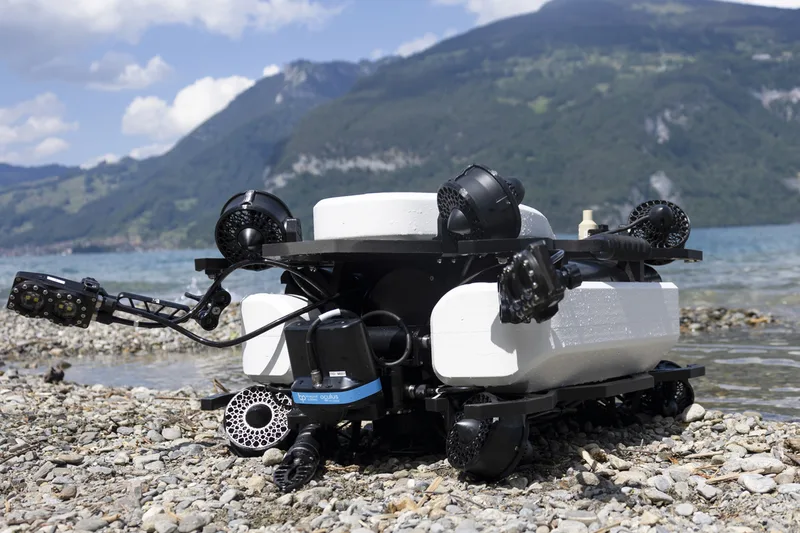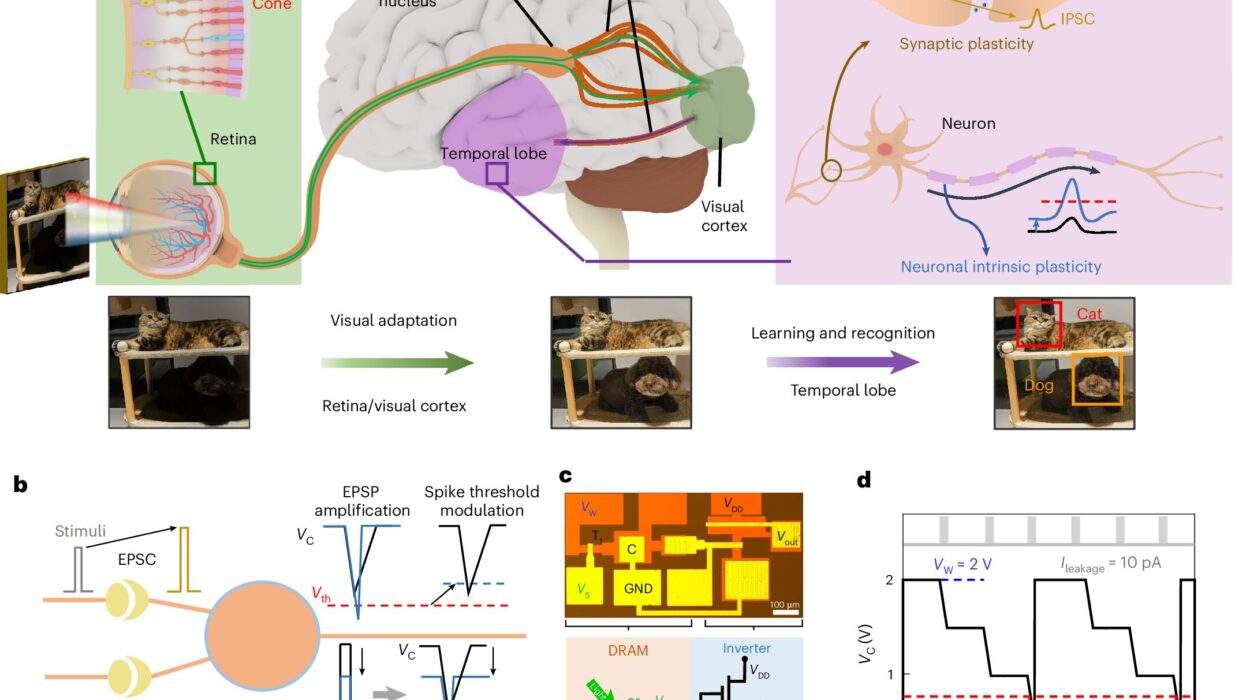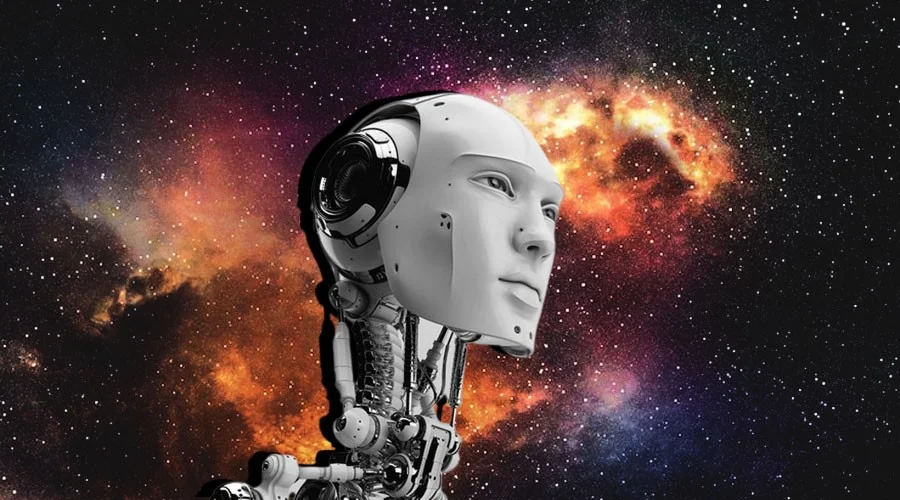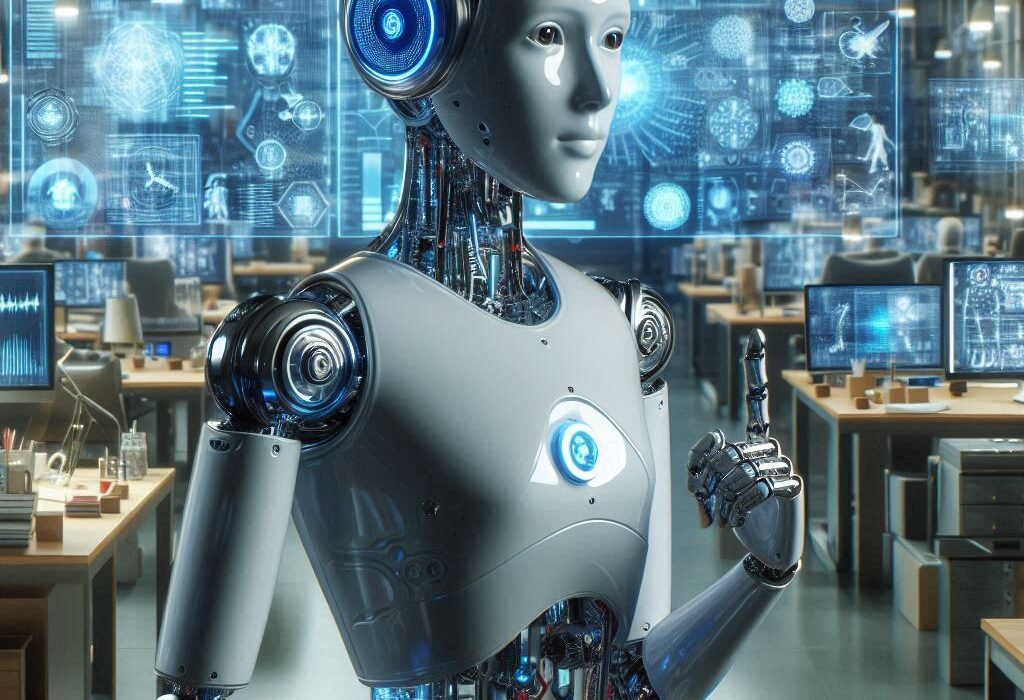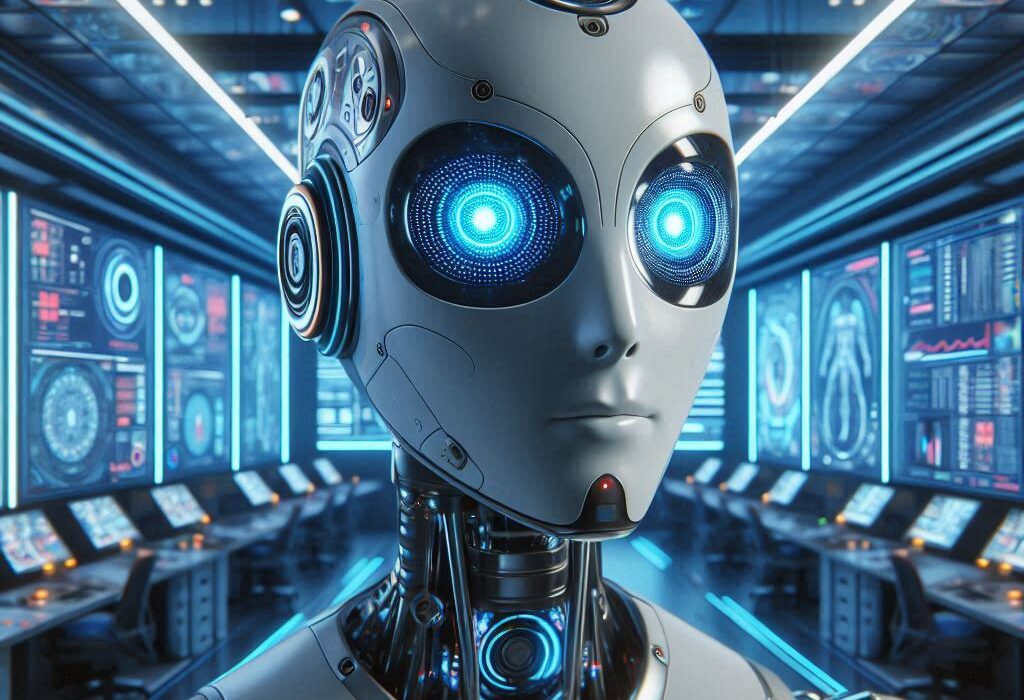It starts with a whisper beneath your feet. A low grumble, almost imperceptible. Then the tremors grow violent. Buildings sway like ships in a storm. Glass shatters. Screams pierce the chaos. Dust fills the air. Electricity dies. And then, silence—too thick, too heavy. Somewhere beneath the rubble, someone breathes, trapped, broken, praying for rescue.
Disasters come in many forms—earthquakes, wildfires, floods, hurricanes, terrorist attacks—and they strike with little warning. In their aftermath, the human spirit shines in selflessness and courage. Rescuers dig through rubble with bare hands. First responders crawl into twisted steel to save strangers. But time is never on their side. The longer it takes to find survivors, the more likely they are to perish.
Enter the machines—not cold and emotionless, but tireless, fearless, and designed to reach where no human can. Robots, once confined to factories and science fiction, are now finding their way into disaster zones. And they are changing everything.
The Rise of the Mechanical Rescuer
It may sound like a plot ripped from a futuristic novel: machines sifting through the wreckage of collapsed buildings, flying through smoke-filled skies, diving into storm-tossed waters, all in a race against death. But these robots are not fantasies. They’re real. And in many corners of the world, they’re already saving lives.
In 2001, after the collapse of the Twin Towers during the 9/11 attacks, small robots—resembling shoeboxes on treads—were deployed into the wreckage. They crawled through narrow passages too dangerous for people. They found bodies, signs of survivors, and paths through debris. It was one of the first times robots were used in an actual disaster zone.
Since then, advances in robotics, artificial intelligence, and sensor technology have transformed those early prototypes into a diverse army of rescue tools. Some roll. Some fly. Some slither. Others swim. They come in all shapes and sizes—many inspired by animals, insects, and even the human body. They don’t tire, don’t panic, and can go where no responder can.
The Machines That Sense and Search
When disaster strikes, chaos reigns. Smoke clouds visibility. Rubble creates a deadly maze. Communication lines are down. And time is short. Search and rescue teams work against a brutal clock. In this race, robotic scouts are often the first to enter.
Some are equipped with thermal imaging cameras to detect body heat. Others have microphones sensitive enough to pick up faint cries or tapping. Ground-penetrating radar helps spot voids beneath rubble. Drones hover above disaster zones, mapping areas with high-resolution cameras, detecting survivors waving from rooftops or trapped in submerged vehicles.
But the most remarkable robots don’t just gather data—they make decisions. Powered by machine learning algorithms, they can recognize human shapes, assess structural stability, and decide which path is safest. In an earthquake’s aftermath, seconds matter. These machines don’t waste them.
Into Fire and Fury
Few environments are more unforgiving than a wildfire. Fueled by heat, wind, and drought, flames devour forests, homes, and cities in minutes. Smoke blinds. Heat kills. Yet firefighters go in anyway—because people are trapped, animals are fleeing, and homes are burning.
But increasingly, they are not going in alone.
Robots like the Thermite RS3—a 3,000-pound, tank-like firefighting robot—can roll straight into infernos. Armed with water cannons, cameras, and heat sensors, it can pump thousands of gallons of water where humans cannot tread. It was first deployed in Los Angeles and quickly proved its worth. It doesn’t hesitate. It doesn’t falter. It saves lives—and firefighters.
Smaller aerial robots fly above the flames, mapping the fire’s movement in real-time, helping commanders predict where it will go next. Swarms of drones create dynamic heat maps, tracking temperature and wind shifts, guiding evacuations more efficiently than any human could.
In these scenarios, the robots are not replacements—they are force multipliers. They carry knowledge, strength, and stamina into the most dangerous front lines. And in the hands of first responders, they are weapons of mercy.
In the Deep and the Dark
Water, for all its serenity, turns deadly in an instant. A hurricane surge can erase entire neighborhoods. Flash floods can trap cars in seconds. Collapsed bridges and submerged homes leave survivors gasping for life.
Search and rescue divers are heroic, but their task is brutal and limited. Enter the underwater robots—autonomous submersibles that can dive into murky waters, searching with sonar, light, and robotic arms. Some resemble torpedoes, sleek and agile. Others mimic octopuses or fish, swimming with grace in tight spaces.
These aquatic robots can locate wreckage, scan riverbeds, and rescue trapped passengers in capsized boats. In Thailand’s infamous 2018 cave rescue, robotic drones were used to help map the flooded tunnels and communicate with the trapped soccer team. Human divers got the glory—but the machines made it possible.
Even more promising are amphibious robots—machines that crawl from land to water and back again, crossing the uncertain terrain that disaster often creates. Like nature’s own problem-solvers, they adapt, survive, and help others do the same.
The Searchers from the Sky
Above all this, drones have emerged as perhaps the most versatile saviors. They fly over shattered cities, collapsed buildings, and burning landscapes. They are the eyes in the sky when satellites fail and helicopters are too risky.
They can drop medical supplies into isolated communities, deliver emergency kits to rooftops surrounded by water, or relay real-time footage to crisis centers. When a building collapses in a city, drones map it instantly, helping teams understand where voids might hide survivors.
Some are tiny, flying indoors through collapsed staircases and broken walls. Others are large and powerful, capable of carrying tools, defibrillators, or even towing ropes to help trapped victims escape.
One extraordinary development is drones equipped with LiDAR (Light Detection and Ranging) that can scan environments to create 3D maps. These maps are used not only for navigation but also to identify unstable structures and optimize rescue strategies. In other words, these flying machines don’t just see—they understand.
Voices in the Machine
Rescue robots are growing more intuitive—more human—not in emotion, but in interaction. When someone is trapped under concrete, their mind races. They cry, scream, or go silent. A robot that can talk, listen, and reassure may be the only contact that person has with the outside world.
Speech recognition allows robots to detect faint voices or keywords like “help” or “fire.” Some can respond, offering comfort or relaying instructions. Imagine being buried beneath rubble, lungs tight with dust, and a robotic voice finds you: “We hear you. Help is coming. Stay calm.” That voice could be the difference between despair and hope.
In Japan, robotic systems have been developed to interact gently with elderly earthquake victims, providing both emotional support and information. These aren’t cold machines—they’re digital lifelines, extensions of the human will to care and connect, even in chaos.
The Ethics of Mechanical Compassion
But with all the promise comes a tide of questions. What happens when we begin to depend on robots for our most sacred duty—rescuing the helpless? Do we lose something human? And who decides which life gets priority when algorithms make triage decisions?
Ethical dilemmas abound. If a robot can only reach one of two survivors in time, does it choose the younger? The weaker? The loudest? These decisions, once made by trained professionals with emotion and empathy, are now being calculated by lines of code.
There’s also the issue of trust. Will victims accept help from machines? Will people in crisis feel comforted or alienated by metallic rescuers? Designers are working hard to make robots more relatable, even giving them “faces” or soft voices. But the debate continues.
Ultimately, the most powerful robots will not replace humans—but partner with them. They will be tools of mercy, not masters of fate. The future lies not in replacing compassion, but in extending its reach.
The Next Frontier: Swarms, Softbots, and Self-Healing Machines
The most thrilling developments in disaster robotics are yet to come. Researchers are developing swarm robotics—squadrons of small, simple robots that work together like ants or bees. Individually weak, together they can cover vast ground, coordinate searches, and adapt dynamically to shifting landscapes.
Soft robots—made of flexible, silicone-like materials—are being designed to squeeze through cracks, wrap around debris, and move like worms or snakes. Some are being modeled on octopuses, with arms that grip, explore, and heal themselves if damaged.
Then there are shape-shifting robots—machines that change form based on terrain. Imagine a ball that rolls across rubble, then unfolds into a crawler to slip into a collapsed stairwell.
Powered by AI, these machines are becoming more autonomous, less dependent on remote control, and better at interpreting the unpredictable environments of disaster zones. As they evolve, so too does our ability to respond faster, safer, and with greater precision.
Machines with Heart
Behind every disaster robot is a human story. Engineers design them not to conquer, but to care. They do not dream of medals or gratitude. They work long hours to ensure that, in some dark future moment, when buildings fall or fire rages or water rises, someone will be saved.
These machines represent the best of us—not our need for power, but our impulse to protect. They are made not just of wires and steel, but of empathy encoded in algorithms and compassion expressed through gears. They are our eyes when we cannot see, our hands when we cannot reach, our courage when we cannot go further.
And perhaps one day, when the ground shakes beneath your feet and the world collapses above you, it will not be a fireman or a medic who finds you first—but a machine. A small, tireless, fearless machine that crawls through the dust, senses your heartbeat, and speaks to you softly: “You are not alone. Help is here.”
